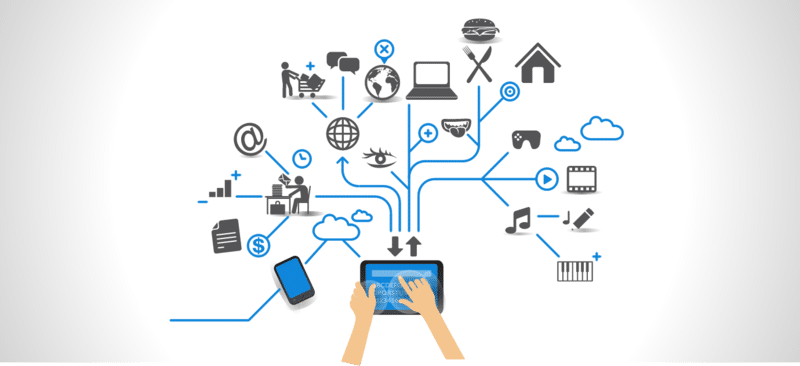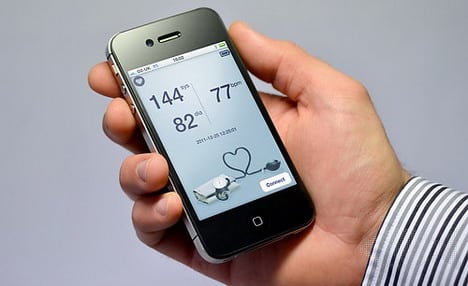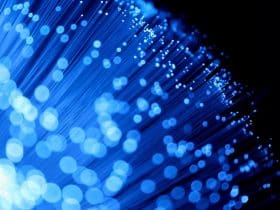The Internet of Things (IoT) has become an integral part of modern life, changing the operation of organizations and industries and the way we live. In the healthcare industry, digitization has revolutionized the production and use of medical devices, the collection and processing of patient data, and even paved the way for preventive treatment.
Connected medical devices, remote patient monitoring, mHealth, and electronic health records (EHR) have been rising for years, especially during the COVID-19 pandemic. IoT is a wireless, interconnected digital device system that collects, transmits, and stores data over a network. In a world of digital healthcare, this can include medical devices that monitor vital signs such as blood sugar and heart rate and other data retrieval methods such as RFID tags.
Digitization is the future of healthcare as real-time data, data analytics, digital twins, and remote monitoring are changing how patients are diagnosed and treated. How will Internet technology be prepared for this earthquake conversion?
The Important Role Of Quality Data
In Global Data’s thematic research report, “The Internet of Things in Healthcare,” the IoT value chain is divided into five levels: devices, connections, data, applications, and services.
The device layer includes sensors, microprocessors, and cameras. A continuous glucose monitor (CGM) would include a line of sensors that detect glucose levels using glucose oxidase by measuring the enzymatic reaction and hydrogen peroxide produced.
Cloud infrastructure and network equipment are examples of connectivity layer elements. In the case of a CGM, this is essential to ensure that the electrical signal produced when the hydrogen peroxide reacts with the sensor is sent to the transmitter.
Once this information is collected, the data layer includes how it is stored, cleaned, integrated with other systems, and analyzed. This is important for remote and continuous monitoring devices, including CGMs, because this data must not only be stored securely for patients and medical staff to review, but intelligent data analysis can also automatically issue alerts when patients are at risk and need medical intervention.
The application and services layer includes mobile platforms for patients to check their blood sugar levels and service providers involved in developing and maintaining the IoT ecosystem.

IoT Innovation And Digitalization
According to a report by Global Data: “Technological innovations from 3D printers to automation and robotics are revolutionizing healthcare by creating a unified set of tools where data can be continuously processed and analyzed. This aggregated data can be used in preventive medicine, real-time diagnostics, disease monitoring and treatment delivery. Medical device companies are increasing their investment in IoT tools and IoT Services and turning to wearables that continuously monitor health in a non-intrusive and seamless manner.
Wrapping Up
The healthcare sector could change as a result of IoT. It has the potential to transform traditional paper-based healthcare by providing real-time access to patient data and remote patient monitoring. The emergence of such digital health technologies (mHealth, wireless health, connected health, etc.) offers solutions to meet the growing demand for better diagnostics and more personalized treatment tools.
IoT plays an important role in a wide range of healthcare applications, from chronic disease management to disease prevention, but it can also serve as fitness and health tracking for athletes.
The healthcare industry has taken its first steps into the digital age (mHealth, eHealth, etc.), changing how medicine is practiced. A slow shift in mindsets and rules in the industry, the digitization of data, and the development of incredible new technologies and applications that make data available anytime, anywhere have revolutionized the industry. As the importance of IoT is on the rise, businesses and all the related industries must adapt to IoT and should make the necessary changes. If they do, they will retain the market grip and are more likely to succeed when a sudden upsurge of IoT takes place.












Great points! IoT plays a pivotal role in shaping the future of healthcare. Its integration promises advancements in patient care and efficiency.